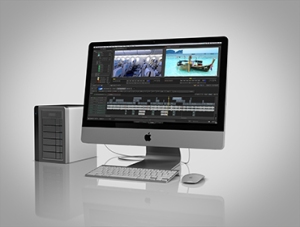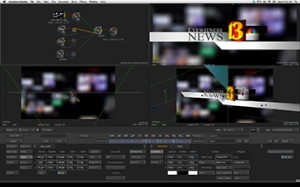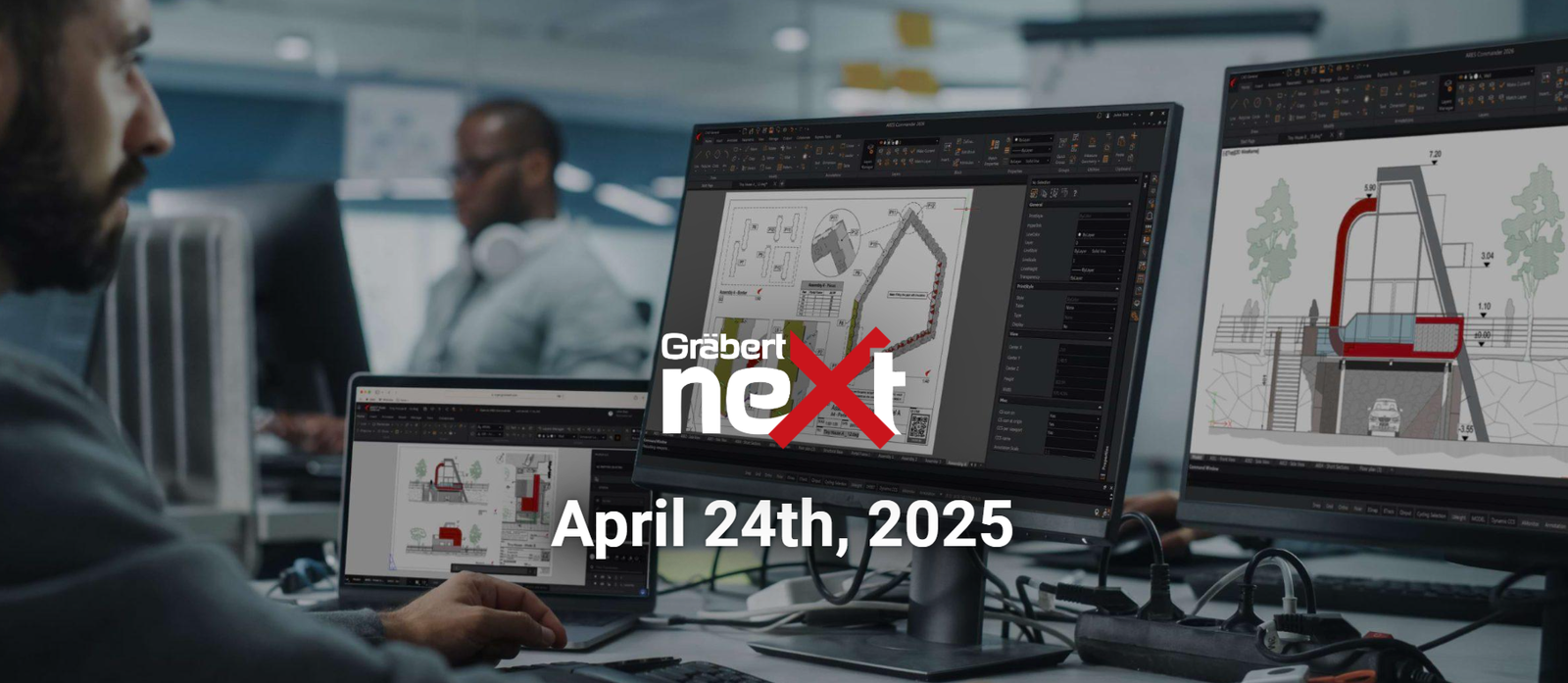Your Cart is Empty
Customer Testimonials
-
"Great customer service. The folks at Novedge were super helpful in navigating a somewhat complicated order including software upgrades and serial numbers in various stages of inactivity. They were friendly and helpful throughout the process.."
Ruben Ruckmark
"Quick & very helpful. We have been using Novedge for years and are very happy with their quick service when we need to make a purchase and excellent support resolving any issues."
Will Woodson
"Scott is the best. He reminds me about subscriptions dates, guides me in the correct direction for updates. He always responds promptly to me. He is literally the reason I continue to work with Novedge and will do so in the future."
Edward Mchugh
"Calvin Lok is “the man”. After my purchase of Sketchup 2021, he called me and provided step-by-step instructions to ease me through difficulties I was having with the setup of my new software."
Mike Borzage
Autodesk Smoke 2013: Q&A with Marc-Andre Ferguson
February 01, 2013 6 min read
Autodesk recently released Smoke 2013, the video editing software for Mac that combines editing and effects. I asked Smoke expert Marc-Andre Ferguson to answer a few questions.
Novedge: Tell us about yourself and what you do
Marc-Andre Ferguson: I am the Smoke Product Evangelist at Autodesk. My role is to spread the word to the editing community about the new Smoke, how it can revolutionize their editing and effects workflow, save them time and money, and enhance the quality of their productions.
My job involves staying current with industry changes and trends, playing an active role in Social Media circuits, giving product demonstrations and talks at industry events and trade shows, such as Final Cut User Groups, NAB and the like, as well as creating compelling content for users getting acquainted with Smoke.
Novedge: How did you become a fan of Autodesk Smoke?
Marc-Andre Ferguson: When I finished my film studies in 1995, I opened an editorial boutique with my brother, Productions Imagène. We had an Avid, a ProTools and a beefy Mac for multimedia and print work. The local Discreet Logic reseller heard about us and came to "check on us" periodically, showing us how we could upgrade our production value by moving our effects and finishing pipeline to Smoke. Unfortunately, we couldn't afford one back then.
Then I had the chance to work with then-designer and trainer Patrice Cormier on Smoke 3.0, and I was hooked. For the next ten years, I longed to get back to it while I did most of my editing and finishing with a combination of After Effects and Final Cut Pro, with a bit of Shake thrown in there.
In 2008, I was approached by Autodesk to join the Smoke Product Design team, for my expertise in FCP editorial workflows, and I eventually led the design effort for porting Smoke to the Mac platform. Ever since I have been proud and thrilled to help put Smoke's powerful effects tools in the hands of editors who previously did not have access to it.
Novedge: What set-up would you recommend to best take advantage of Smoke?
Marc-Andre Ferguson:When we went to the drawing board to design Smoke 2013, we wanted to make sure people could use it on a variety of configurations, from laptops to iMacs or MacPro workstations. So there's no big list of hardware requirements. That said, I'd recommend some kind of dedicated, high-performance storage with a good, fast connection. In Smoke you can work with native HD and even 2K/4K media, so while you could work off of a FireWire drive or other attached storage, the bandwidth you get over something like Thunderbolt is a real benefit. Smoke is also a 64-bit application, so it will take as much RAM as you can throw at it. In our demo configurations we like to have 16GB of RAM installed to provide a good, fluid workflow.
Most compositors wouldn't be caught dead without their tablet, and Smoke's user interface was originally designed to maximize the use of a tablet. For color grading, we support the Avid Artist Series panel.
Novedge: What file formats are supported by Smoke? Can timelines and files be imported to Smoke from other programs?
Marc-Andre Ferguson:Smoke supports most professional video and file formats, such as camera originals from Sony, Panasonic, RED, ARRI, GoPro and Canon. We also support virtually all QuickTime formats , like ProRes, and Avid DNxHD files. If you're working with another NLE such as Apple's Final Cut Pro or Avid Media Composer, you can bring entire timelines into Smoke including multiple layers, effects references and native media. A lot of Smoke users like this workflow, as they can edit in one application and dedicate Smoke to post production. It really just depends on the requirements of the project.
Novedge: How does Smoke support collaborations between editors? Can multiple editors work on the same clip in the same project?
Marc-Andre Ferguson:Absolutely. Collaboration in creative workflows is vital. In Smoke, we've built-in networking and project sharing tools that let editors work across multiple workstations on projects or quickly move project assets between workstations. Projects can be shared by using a "remote login" feature – where one editor will attach to another computer running Smoke over a network connection. All clips and renders happen over the network, so the faster the network, the better the performance. Or editors can move folders, data sets or individual clips between workstations if they need the performance of working off local storage.
And if projects need to move between multiple computers or multiple facilities running Smoke, there's a unique archiving feature in Smoke that allows you to snapshot a timeline, set of clips or entire project including original media files and intermediate renders and versions. This snapshot can be restored on another Mac running Smoke and the project can continue exactly where the previous editor left off. By the way, archiving is also a fantastic way to save a project and all its assets after a job is delivered. If a client ever comes back for changes or to update, you can pick up exactly where you left off with the same original media, metadata and render files. It's really pretty cool.
Novedge: What are your favorite editing tools?
Marc-Andre Ferguson:In Smoke, my favorite editing tools are the FX Ribbon and Gap effects.
When you apply an effect to a clip in the timeline, it shows up in the FX Ribbon, right above the top-most track. This way, you can quickly apply changes to a selected clip's effect, without the need to move to another panel or open a window.
Effects can also be applied to a group of clips by using a Gap effect, which users might call an Adjustment layer. Not only can you apply color correction and masks (for example to create a vignette effect), but also more elaborate ConnectFX setups, saving you a lot of time.
Novedge: How does Smoke work in true 3D space?
Marc-Andre Ferguson:3D is something that Autodesk knows a lot about. From our 3D design and visualization products to 3D content creation tools like Mayaand 3dsMax. What makes us unique in professional video is that a lot of the 3D knowledge and capabilities extend into what Smoke does.
Even if you are just compositing flat layers – like a greenscreen shot over a background image – in Smoke you can build the composite in X, Y and Z space. So you can create simple parallax effects between flat layers in 3D space by simply moving them in relation to the 3D camera inside of Smoke. Or if a client wants to add a 3D title to their video, using Smoke, an editor can simply create, extrude and texture 3D text right inside the compositing tools of Smoke. And in both cases, editors can add multiple lights with 3D lens flares and effects, cast shadows, you name it – and the beauty of Smoke is that it's as fast and interactive as simple 2D text in other tools.
If you really want to go deep in 3D space, Smoke even allows you to bring in 3D models and geometry using the FBX interchange format. So imagine you've got a 3D character or animated title designed by someone working in Maya. Instead of rendering out flat passes to reassemble in 2D space, editors have the option of bringing in the actual geometry right inside Smoke. In most cases, you'll want to use a combination of 2D layer passes and 3D effects, but with the flexibility to add true lighting and texturing effects, the results you can achieve with Smoke are dramatically better than what you get in a traditional layer-based compositor.
Novedge: What are Smoke's audio editing capabilities?
Marc-Andre Ferguson:Smoke has all the tools you need to create a broadcast-quality stereo mix. With clip-based rubber band editing to EQ, filtering and compression, Smoke can tackle a basic mix easily.
Novedge: What other software or plugins do you like to use with Smoke?
Marc-Andre Ferguson:The only plugins package available for Smoke is GenArts' Sapphire, which brings over 70 effects to the Smoke editor's palette. Smoke is also compatible with a variety of third-party packages.
For example, you an import 3D and planar tracking data into Smoke's compositor, from Mocha Pro, Syntheyes or PFTrack.
With PluralEyes 3, you can sync video and double-system sound easily and export an XML file that can be brought into Smoke.
Telestream's Episode Pro now lets you access Smoke's Media Database in order to export clips and sequences from Episode to a plethora of formats.
Find out more about Marc-Andre Ferguson on his blog and keep an eye on our webinar series as we are preparing a webinar on Smoke on Wednesday May 15th.
Related articles
Also in NOVEDGE Blog
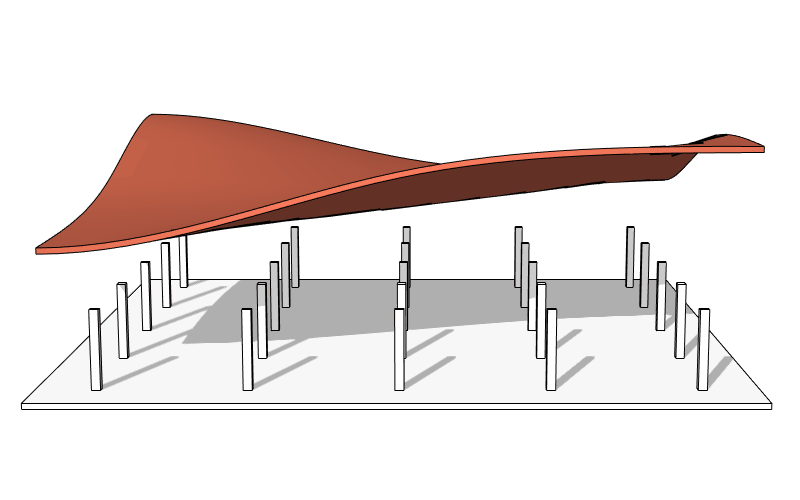
Enhance Your Designs with VisualARQ 3: Effortless Geometry Extensions for Walls and Columns
April 30, 2025 8 min read
Read More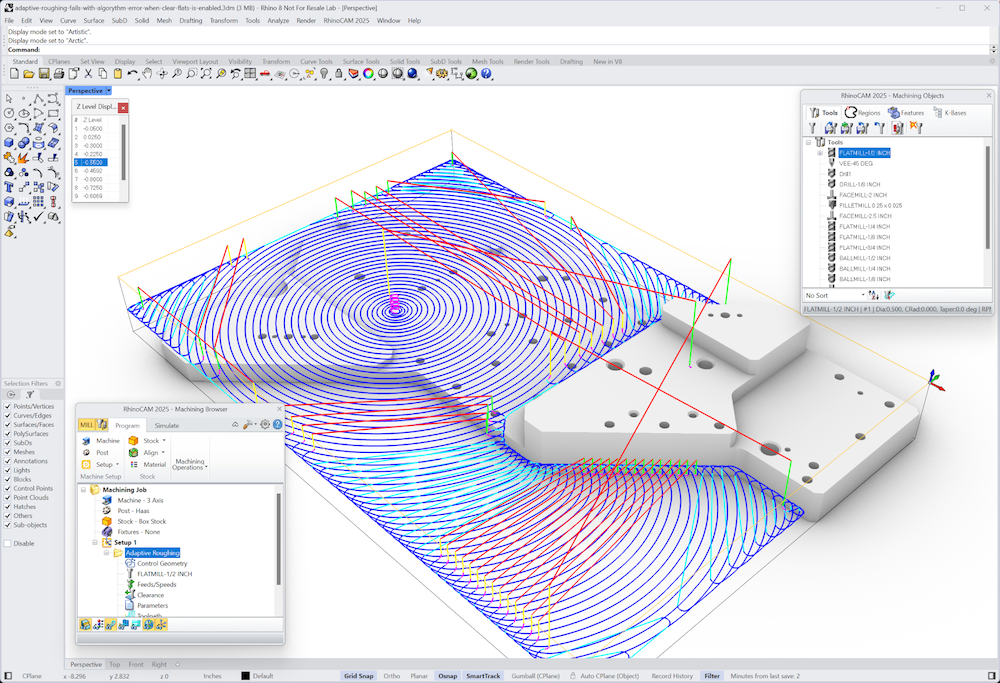
MecSoft Unveils RhinoCAM 2025 and VisualCAD/CAM 2025 with Enhanced Features
March 08, 2025 5 min read
Read MoreSubscribe
Sign up to get the latest on sales, new releases and more …




